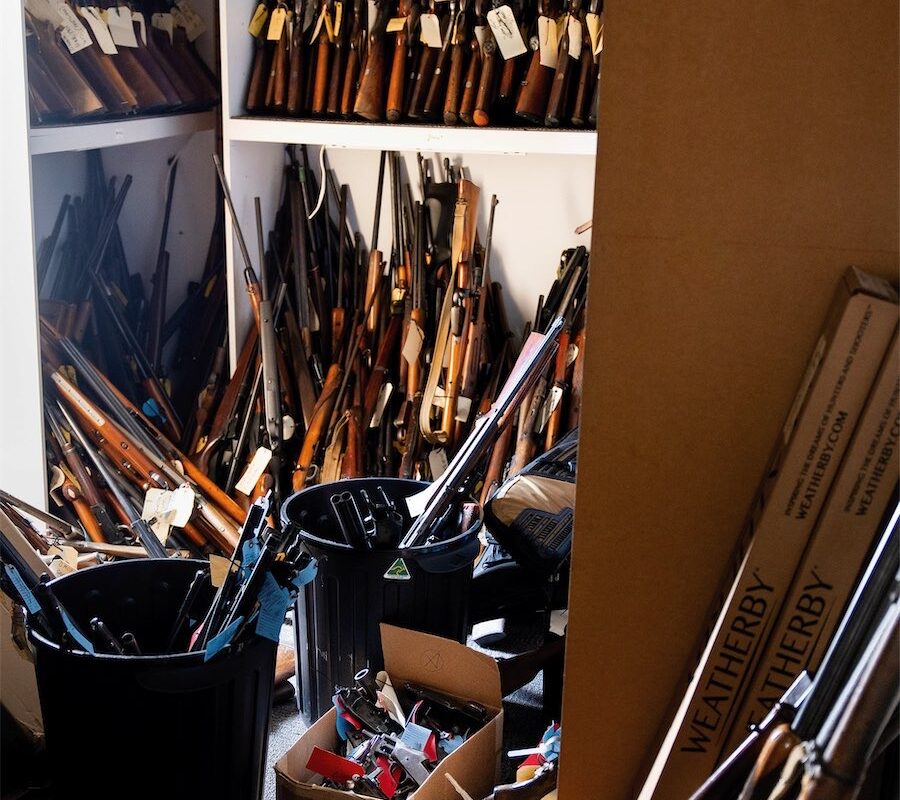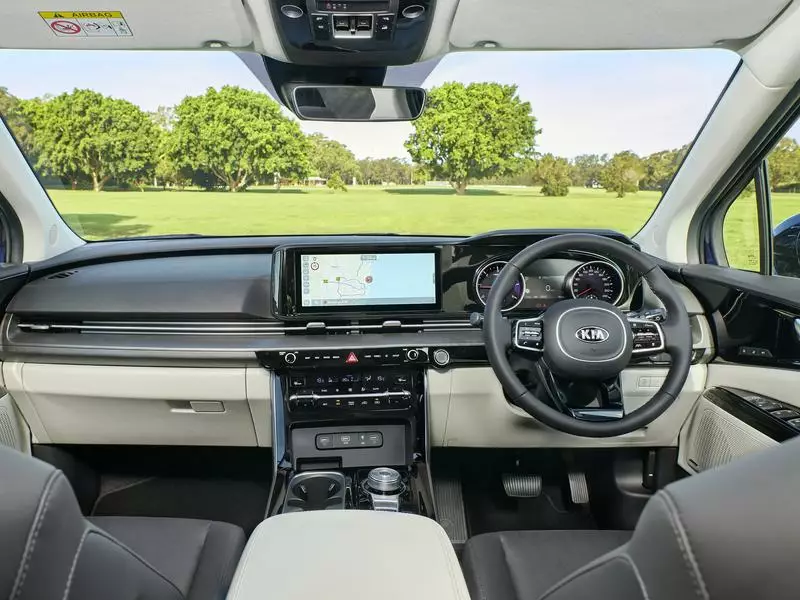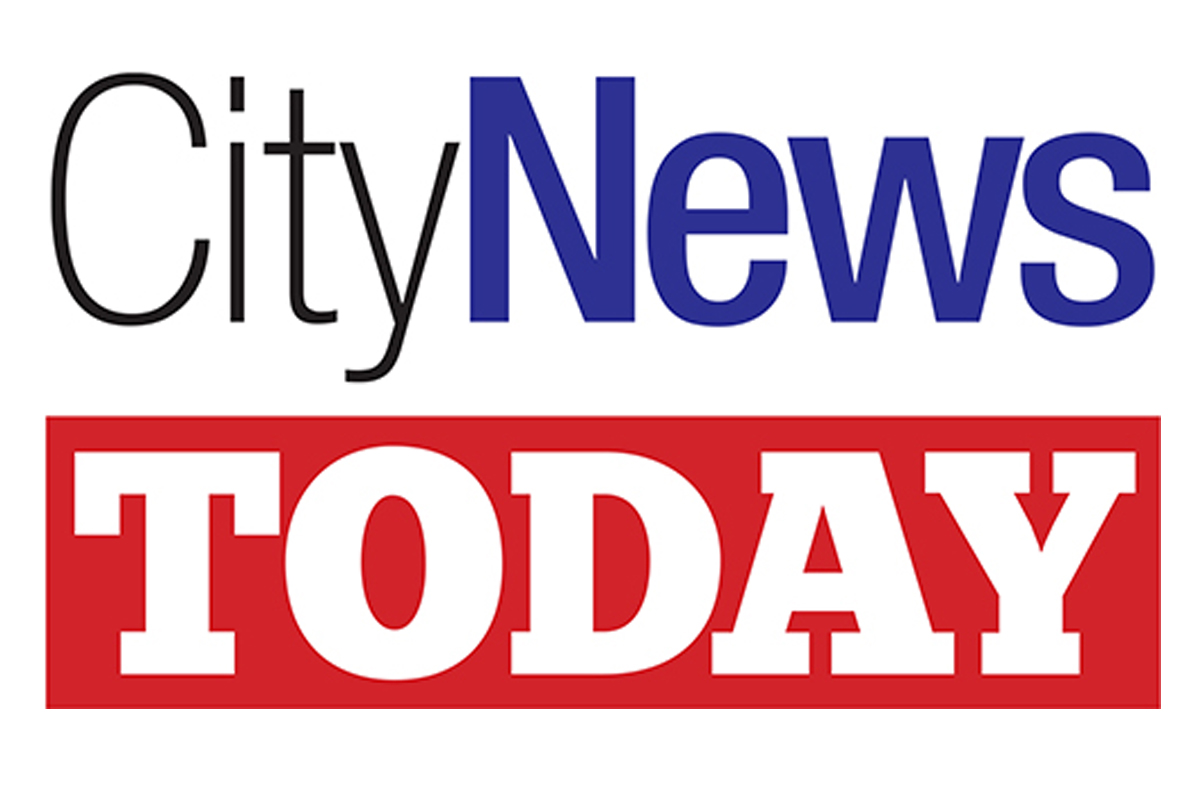
“Happy birthday to Queanbeyan, our Cinderella City – less the wicked stepmother, more the unassuming little sister who upstages as the belle of the ball,” writes “Yesterdays” columnist NICHOLE OVERALL, who you’d never guess lives in Queanbeyan.
“YES, Queanbeyan has been mother to the national capital since its inception. She has nurtured [it] like any loving parent and now that the child has come of age it would have been just to receive expressions of gratitude – not ridicule.”

A few weeks back, ABC Canberra posted on socials a 1967 “Four Corners” episode on the NSW-ACT divide that caused quite the stir – both then and now.
Perhaps not so much poking the bear as taunting the tenacious terrier, it was called “Struggletown”. In further provocations locals were asked if they felt like “second-class citizens” given Canberra’s growing stature.
Cutting between patrons at the Queanbeyan Leagues Club and a rugby match against Duntroon RMC (interspersed with shots of a horse and sulky trotting down Monaro Street), the reporter conceded the town took its sport “very seriously, particularly when they have to play any Canberra club”.
The clincher came with him asking the very proper, tie-wearing Queanbeyan Whites coach: “Do you think there’s a bit of class distinction here? The gentlemen versus the workers?”
Sure enough, the morning after its original screening the gloves were off. “A damned insult” was the heated opinion offered by former mayor of nine years, Arthur Lambert. “The Queanbeyan Age” made the above indignant assertion on giving credit where due, also demanding an apology from our national broadcaster.
The NSW township’s parochial blood was up and, in defending its honour when I was interviewed on air after the recent post, I acknowledged there was just cause for proud Queanbeyanites to be huffy!
The Canberra v Queanbeyan rivalry has more or less been going on since the beginning of time for the nation’s capital – which, after all, it was only 1913 when 910 square miles of NSW was given up for it to spring from an architect’s page to materialise on a vast floodplain.
And therein lies the nub of the newspaper’s editorial criticism and potentially the smaller city’s touchiest sore point when it comes to border relations: it’s a respect thing.
September 28, 2023, marked 185 years since Queanbeyan, with a recorded population of 50 (just the one woman), “arrived” – cementing it as one of the oldest regional townships in Australia.
That date was also the tenth anniversary of the publication of my award-winning book “Queanbeyan: City of Champions”, a title richly deserved.
The town (elevated to city status in 1975) had been blossoming for three-quarters of a century by the time Canberra became more than a mere twinkle in a politician’s eye. And it was Queanbeyan luminaries who pushed hard in the decade-long “Battle of the Sites” to secure a spot for the capital in their backyard. Its citizenry were then critical in helping shape the planned metropolis.
The nation’s new centrepiece suffered a faltering start, heavily reliant on the neighbour it wasn’t much bigger than. Whether it was construction materials or late-night shopping – Tom Donoghoe’s Electrical the only place to buy TVs – going to the movies (three cinemas at one point), to the popularity of the pubs, never more so than the 17 years you couldn’t get a drink in Canberra thanks to Prohibition (1910 to 1927).
From 1956 it was the glittering allure of the pokies, not permitted in the ACT for another 20 years, seeing the membership of the Leagues Club swell to more than the population of the entire town.
But build it and they will come – and they did; Queanbeyan residents ever more mindful of a concurrently building uppityness towards them.
From caterpillar to butterfly, Canberra’s rapid change from “essentially two suburbs divided by a rickety bridge over a lacklustre river” followed the 1957 capital appointment of an architect and war hero to run the new National Capital Development Commission, Sir John Overall (connection alert).
Toot sweet, buildings of national significance appeared as did a “controversial” lake, while in a decade the population more than tripled from its previous standing of 30,000.
Next door, as pointed out to the ABC audience that 1967 evening, life was becoming increasingly “complex” for Queanbeyan compared to other country towns – to a degree “suffering from someone else’s growing pains”.
Yet also highlighted was that “Queanbeyan’s growth rate is the fourth largest in Australia”. Plucky locals rising up in support of their home too, pointing out that while “often the newcomers arrive and see all the beauty in Canberra and advantages there… we have a community spirit, we’re part of a town.”
The also expressed view of Queanbeyan as little more than a “sleeping place” or dormitory suburb – merely a Canberra outlier, somewhere to rest heads weary from all that living only taking place on the other side of the railway line – was, and continues to be, met with disdain.
As the “wealthiest district in the colony” prior to the turn of the 20th century, in 1911 a firm vote to reject the township being enfolded into the Federal Territory required the boundaries to be redrawn (spare a thought though for long-suffering Oaks Estate).
The last word then, goes to one young female interviewee asked about her feelings on the relationship between Queanbeyan and the Australian capital: “they should be honoured to have us”.
So on that note, happy birthday to our Cinderella City – less the wicked step-mother, more the unassuming little sister who upstages as the belle of the ball – and, once again, you’re welcome, Canberra!
For more by social historian and journalist Nichole Overall, see anoverallview.wixsite.com/blog.
Who can be trusted?
In a world of spin and confusion, there’s never been a more important time to support independent journalism in Canberra.
If you trust our work online and want to enforce the power of independent voices, I invite you to make a small contribution.
Every dollar of support is invested back into our journalism to help keep citynews.com.au strong and free.
Thank you,
Ian Meikle, editor








Leave a Reply